
Thomas Frederick Peart, Baron Peart, PC was a British Labour politician who served in the Labour governments of the 1960s and 1970s and was a candidate for Deputy Leader of the Party.
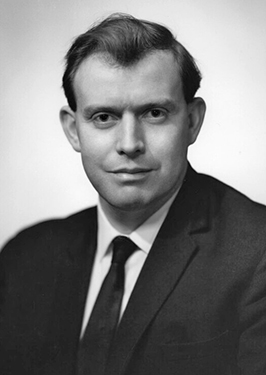
Eric Graham Varley, Baron Varley, was a British Labour Party politician and cabinet minister on the right-wing of the party. He was the Member of Parliament for Chesterfield from 1964 to 1984.
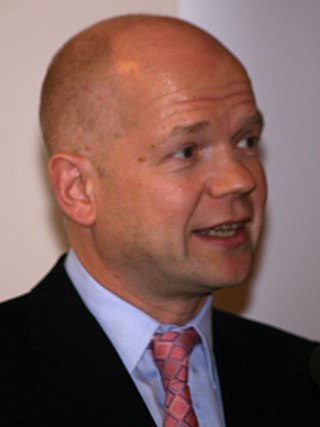
The Shadow Cabinet appointed by Conservative Party leader William Hague was the Official Opposition Shadow Cabinet from 1997 to 2001. Following his initial appointments in June 1997, Hague reshuffled the Shadow Cabinet five times before his resignation as leader following defeat in the 2001 general election.
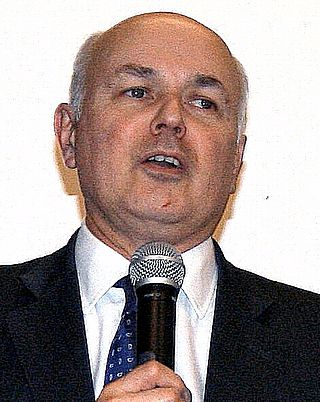
The UK Shadow Cabinet was appointed by Conservative Party leader Iain Duncan Smith. Following his initial appointments in September 2001 Smith managed three reshuffles before his resignation as leader in November 2003.

Gordon Brown formed the Brown ministry after being invited by Queen Elizabeth II to form a new administration following the resignation of the previous Prime Minister of the United Kingdom, Tony Blair, on 27 June 2007. Brown formed his government over the course of the next day, with Jacqui Smith being appointed the United Kingdom's first female Home Secretary.

The Shadow Leader of the House of Commons is a member of the Official Opposition Shadow Cabinet responsible for working with the Leader of the House in arranging Commons business and holding the Government to account in its overall management of the House. The Shadow Leader also responds to the Business Statement of Leader of House each Thursday, though the Leader of the Opposition exercised this role until the late 1980s. The office is roughly equivalent to the Shadow Leader of the House of Lords.

Ed Miliband became Leader of the Labour Party and Leader of the Opposition upon being elected to the former post on 25 September 2010. The election was triggered by Gordon Brown's resignation following the party's fall from power at the 2010 general election, which yielded a Conservative–Liberal Democrat Coalition. Miliband appointed his first Shadow Cabinet in October 2010, following the Labour Party Shadow Cabinet elections. These elections were the last such elections before they were abolished in 2011.

John Smith was Leader of the Labour Party and Leader of the Official Opposition from 18 July 1992 until his death on 12 May 1994. Smith became leader upon succeeding Neil Kinnock, who had resigned following the 1992 general election—for the fourth successive time, the Conservatives had won and Labour lost.
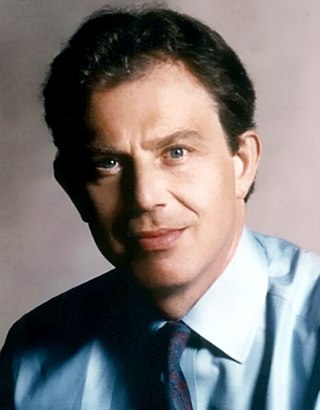
Tony Blair was Leader of the Labour Party and Leader of the Opposition from his election as Leader on 21 July 1994 until he became Prime Minister on 2 May 1997. Blair became leader upon the death of John Smith. Under Blair, the Labour Party was rebranded as New Labour to distance itself from previous Labour politics and the traditional idea of socialism. Despite opposition from Labour's left-wing, he abolished Clause IV, the party's formal commitment to the nationalisation of the economy, weakened trade union influence in the party, and committed to the free market and the European Union.
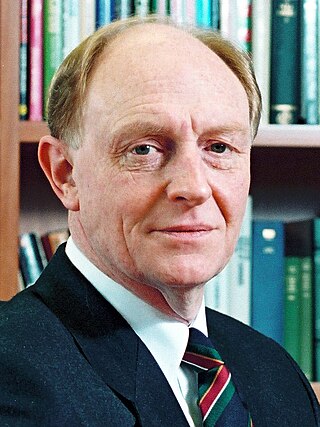
Neil Kinnock was Leader of the Labour Party and Leader of the Opposition from 2 October 1983 to 18 July 1992. He convincingly defeated Roy Hattersley, Eric Heffer, and Peter Shore in the 1983 leadership election, which was prompted by Michael Foot's resignation following the disastrous general election result earlier that year. Kinnock's period as Leader encompassed the bulk of the Thatcher premiership and the first two years of the Major premiership. Kinnock resigned in 1992 after losing his second election as Leader.
Elections to the Labour Party's Shadow Cabinet occurred on 14 June 1979, following the Party's fall from power at the May general election that year. In addition to the 12 members elected, the Leader, Deputy Leader, Labour Chief Whip, Labour Leader in the House of Lords, and Chairman of the Parliamentary Labour Party were automatically members.

James Callaghan became Leader of the Opposition on 4 May 1979 after losing the 1979 election and remained in that office until Michael Foot was elected Leader of the Labour Party on 2 October 1980. Callaghan named his Shadow Cabinet in June 1979, with Foot and the 12 elected members of the Shadow Cabinet assigned portfolios on 14 June and further appointments made on 18 June. From the opening of Parliament until that date, Callaghan's Cabinet, with a few exceptions, stayed on to shadow their former positions.
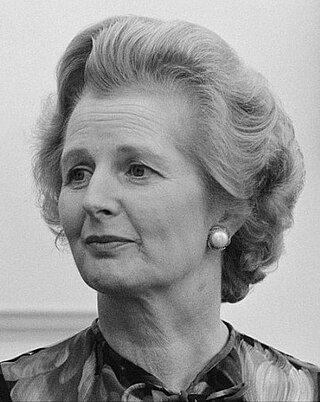
Margaret Thatcher became the first female Leader of the Conservative Party and Leader of the Opposition after winning the 1975 leadership election, the first Conservative leadership election where the post was not vacant. A rule change to enable the election was largely prompted by dissatisfaction with the incumbent leader, Edward Heath, who had lost three of four general elections as leader, including two in 1974. After announcing her first Shadow Cabinet in February 1975, she reshuffled it twice: in January and November 1976. Minor subsequent changes were necessary to respond to various circumstances. Thatcher's Shadow Cabinet ceased to exist upon her becoming Prime Minister following the 1979 general election.
Elections to the Labour Party's Shadow Cabinet took place on 4 December 1980, having been delayed due to the October election of new Party Leader Michael Foot. In addition to the 12 members elected, the Leader (Foot), Deputy Leader, Labour Chief Whip, Labour Leader in the House of Lords, and Chairman of the Parliamentary Labour Party were automatically members.
Elections to the Labour Party's Shadow Cabinet took place on 19 November 1981. There were 15 posts, rather than 12 as in previous years. In addition to the 15 members elected, the Leader, Deputy Leader, Labour Chief Whip, Labour Leader in the House of Lords, and Chairman of the Parliamentary Labour Party were automatically members.
Elections to the Labour Party's Shadow Cabinet took place on 18 November 1982. In addition to the 15 members elected, the Leader, Deputy Leader, Labour Chief Whip, Labour Leader in the House of Lords, and Chairman of the Parliamentary Labour Party were automatically members.

Harold Wilson of the Labour Party would form his Second Shadow Cabinet, as Leader of Her Majesty's Most Loyal Opposition, after losing the 1970 general election to Conservative Edward Heath. He would retain leadership of the Opposition for the length of the Heath Ministry, from 1970 − 1974. In February 1974, his party would narrowly win an election. Wilson was then forced to form a minority government, which would only last until another election in October of that year. Following that election, Wilson would form a majority government.
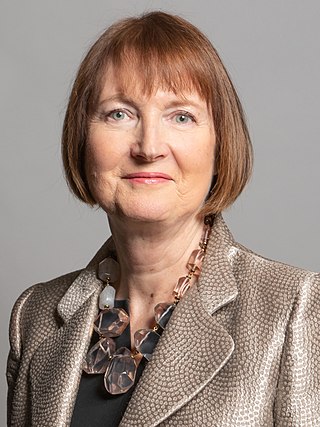
Harriet Harman's second Shadow Cabinet was formed by Harriet Harman in 2015 during her second period as Acting Leader of the Labour Party. She assumed this role after Ed Miliband resigned as party leader and announced she would continue until a new leader was elected on 12 September 2015. Miliband's resignation followed the party's defeat at the 2015 general election.

Jeremy Corbyn assumed the position of Leader of the Opposition after being elected as leader of the Labour Party on 12 September 2015; the election was triggered by Ed Miliband's resignation following the Labour Party's electoral defeat at the 2015 general election when David Cameron formed a majority Conservative government. The usual number of junior shadow ministers were also appointed.
The frontbench of His Majesty's Loyal Opposition in the Parliament of the United Kingdom consists of the Shadow Cabinet and other official shadow ministers of the political party currently serving as the Official Opposition. The Opposition front bench provide Parliamentary opposition to the British Government front bench, and is currently the Labour Party led by Keir Starmer since April 2020.















